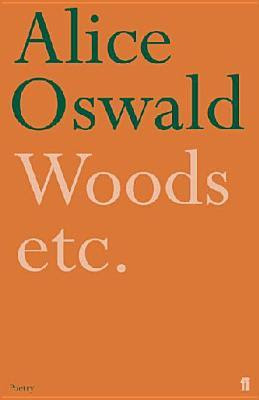The first line in Emily Wilson’s new translation of the Odyssey, the first by a woman scholar, is “Tell me about a complicated man.” In an article by Wyatt Mason in the NYT late last year, Wilson tells us
“I could’ve said, ‘Tell me about a straying husband.’ And that’s a viable translation. That’s one of the things [the original language] says…[But] I want to be super responsible about my relationship to the Greek text. I want to be saying, after multiple different revisions: This is the best I can get toward the truth.”Oh, the mind reels. This new translation by Emily Wilson reads swiftly, smoothly, and feels contemporary. This exciting new translation will surprise you, and send you to compare certain passages with earlier translations. In her Introduction, Wilson raises that issue of translation herself: How is it possible to have so many different translations, all of which could be considered “correct”?
Wilson reminds us what a ripping good yarn this story is, and removes any barriers to understanding. We can come to it with our current sensibility and find in it all kinds of foretelling and parallels with life today, and perhaps we even see the genesis of our own core morality, a morality that feels inexplicably learned. Perhaps the passed-down sense of right and wrong, of fairness and justice we read of here was learned through these early stories and lessons from the gods. Or are we interpreting the story to fit our sensibility?
These delicious questions operate in deep consciousness while we pleasure in learning more about that liar Odysseus, described again and again as wily, scheming, cunning, “his lies were like truth.” He learned how to bend the truth at his grandfather’s knee, we learn late in the telling, and the gods exploited that talent when they helped him out. It served him well, allowing him to confuse and evade captors throughout his ordeal, as well as keep his wife and father in the dark about his identity after his return until he could reveal the truth at a time of maximum impact.
There does inevitably come a time when people react cautiously to what is told them, even to the evidence their own eyes. The gods can cloud one’s understanding, and truth is suspected in every encounter. These words Penelope speaks:
"Please forgive me, do not keepParticularly easy to relate to today are descriptions of Penelope’s ungrateful suitors like Ctesippius, who "encouraged by extraordinary wealth, had come to court Odysseus’ wife." Also speaking insight for us today are the phrases "Weapons themselves can tempt a man to fight" and "Arms themselves can prompt a man to use them."
bearing a grudge because when I first saw you,
I would not welcome you immediately.
I felt a constant dread that some bad man
would fool me with his lies. There are so many
dishonest, clever men..."
There is a conflicted view of women in this story: "Sex sways all women’s minds, even the best of them," though Penelope is a paragon of virtue, managing to avoid temptation through her own duplicitousness. She hardly seems a victim at all in this reading, merely an unwilling captor. She is strong, smart, loyal, generous, and brave, all the qualities any man would want for his wife.
We understand the slave girls that Odysseus felt he had to “test” for loyalty were at the disposal of the ungrateful suitors who, after they ate and drank at Penelope's expense, often met the house girls after hours. Some of the girls appeared to go willingly, laughing and teasing as they went, and were outspoken about their support of the men they’d taken up with. Others, we get the impression from the text, felt they had no choice.
Race is not mentioned but once in this book, very matter-of-factly, though the darker man is a servant to the lighter one:
"…[Odysseus] had a valet with him,Odysseus’ tribulations are terrible, but appear to be brought on by his own stubborn and petulant nature, like his taunting of the blinded Cyclops from his own escaping ship. Cyclops was Poseidon’s son so the behavior was especially unwise, particularly since Odysseus’s men were yelling at him to stop. Later, that betrayal of the men’s best interests for his own childish purpose will come back to haunt Odysseus when the men suspect him of thinking only of himself--greediness--and unleash terrible winds by accident, blowing them tragically off course in rugged seas.
I do remember, named Eurybates,
a man a little older than himself,
who had black skin, round shoulders, woolly hair,
and was [Odysseus's] favorite our of all his crew
because his mind matched his."
We watch, fascinated, as the gods seriously mess Odysseus about, and then come to his aid. One really gets the sense of the gods playing, as in Athena’s willingness to give Odysseus strength and arms when fighting the suitors in his house, but being unwilling to actually step in to help with the fighting. Instead, she watched from the rafters. It’s hard not to be just a little resentful.
Wilson’s translation reads very fast and very clearly. There always seemed to be some ramp-up time reading Greek myths in the past, but now the adventures appear perfectly accessible. Granted, there are some names you’ll have to figure out, but that’s part of being “constructively lost,” as Pynchon has said.
A book-by-book reading of this new translation will begin March 1st on the Goodreads website, hosted by Kris Rabberman, Wilson’s colleague at the University of Pennsylvania. To prepare for the first online discussion later this week, Kris has suggested participants read the Introduction. If interested readers are still not entirely convinced they want this literary experience now, some excerpts have been reprinted in The Paris Review.
You can buy this book here:
 Tweet
Tweet


















